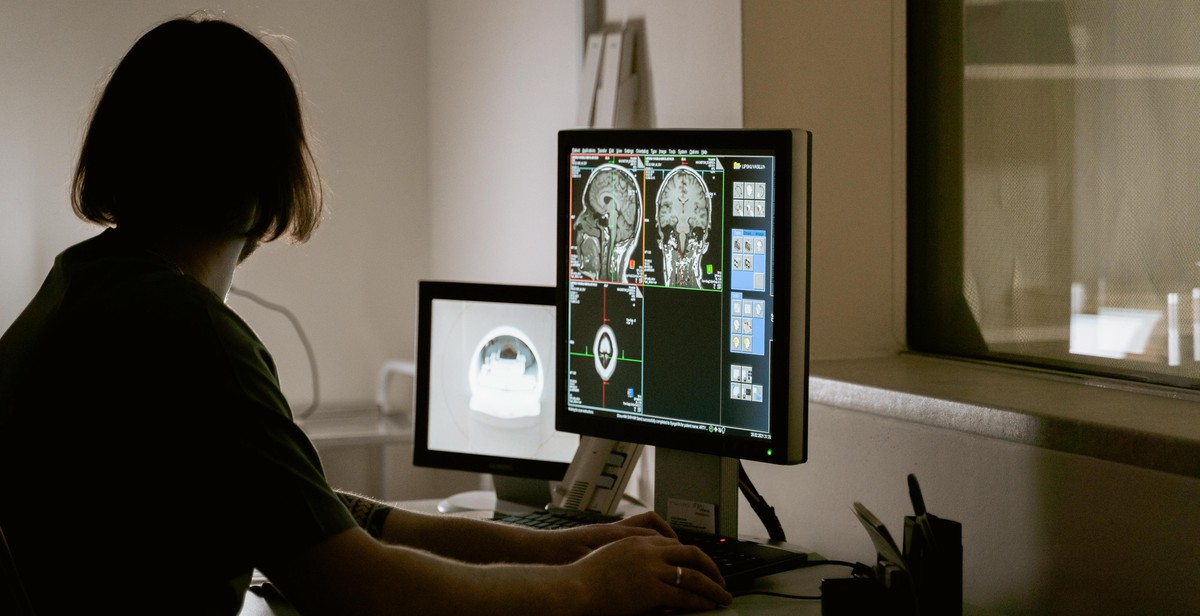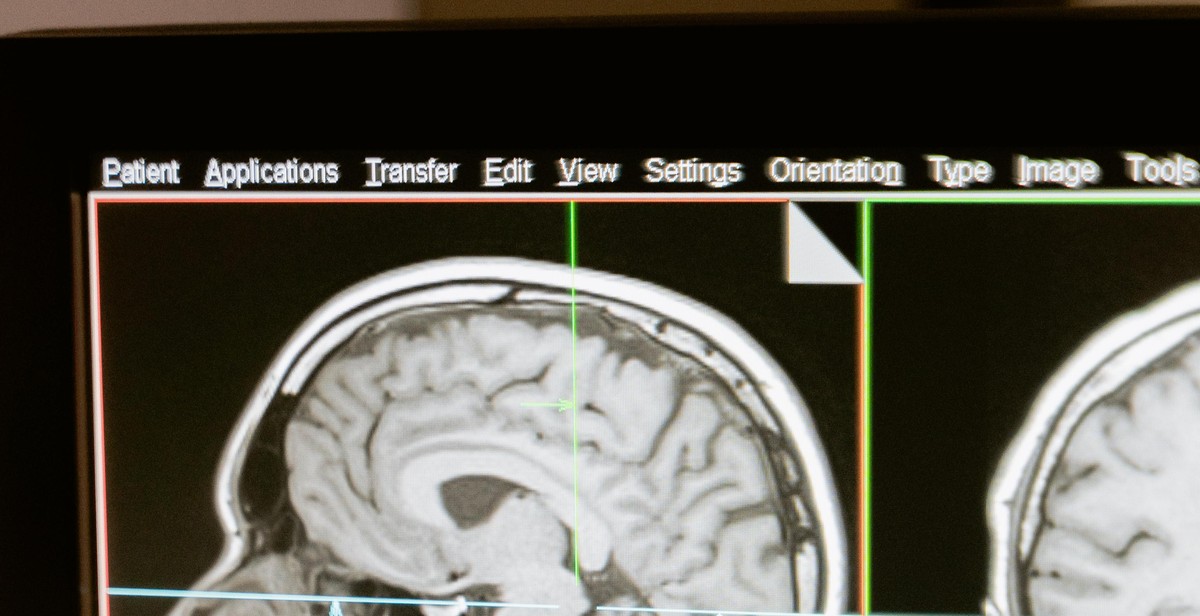Intriguing Insights into the Human Psyche: The Rorschach Test Explained
The human mind is a complex and fascinating subject that has puzzled scientists and psychologists for centuries. One of the most intriguing tools used to explore the depths of the human psyche is the Rorschach test. This test is a psychological evaluation method that uses inkblots to help identify a person’s thoughts, emotions, and personality traits.
What is the Rorschach test?
The Rorschach test is a psychological assessment tool that was developed by Swiss psychiatrist Hermann Rorschach in the early 1920s. The test consists of a series of inkblots that are presented to the person being evaluated. The person is then asked to describe what they see in the inkblots, and their responses are analyzed by a trained psychologist or psychiatrist.
History of the Rorschach test
Hermann Rorschach developed the test as a way to better understand how people perceive the world around them and how they think about things. He believed that the way people interpret the inkblots could reveal important information about their personality, emotions, and thought processes. Since its development, the Rorschach test has been widely used in the field of psychology and has helped to shed light on the complexities of the human mind.
If you’re interested in learning more about the Rorschach test and how it can be used to gain insights into the human psyche, read on for a comprehensive guide to this fascinating psychological evaluation tool.

The Rorschach Test Procedure
The Rorschach Test is a psychological assessment tool that helps in understanding a patient’s personality and emotional functioning. The test consists of ten inkblot cards, and the patient is asked to describe what they see in each card. The Rorschach Test procedure involves the following steps:
Administration of the Test
The Rorschach Test is usually administered by a trained psychologist or psychiatrist. The patient is asked to sit comfortably and view each of the ten inkblot cards individually. The administrator will then ask the patient what they see in each card and encourage them to provide as much detail as possible. The patient’s responses are recorded and later analyzed for interpretation.
The administrator may also ask follow-up questions to gain a deeper understanding of the patient’s thought processes. The patient’s response time, tone of voice, and body language are also taken into consideration during the administration of the test.
Interpretation of the Test
Interpreting the Rorschach Test results requires a high level of expertise and training. The test results are analyzed based on various factors, including the patient’s response content, response location, response determinants, and response style.
Response content refers to what the patient sees in each inkblot card. Response location refers to the specific part of the inkblot that the patient focused on. Response determinants refer to the factors that influenced the patient’s response, such as color, shading, or texture. Response style refers to the patient’s overall approach to the test, including their response time, emotional tone, and level of engagement.
The administrator will use these factors to develop a comprehensive understanding of the patient’s personality and emotional functioning. The results of the test can be used to diagnose mental health conditions, evaluate treatment progress, and develop a personalized treatment plan.
| Step | Description |
|---|---|
| 1 | Patient views each inkblot card individually |
| 2 | Administrator records patient’s responses |
| 3 | Administrator asks follow-up questions to gain deeper understanding |
| 4 | Test results are analyzed based on various factors |
| 5 | Results are used to develop a comprehensive understanding of patient’s personality and emotional functioning |

Criticism and Controversy
The Rorschach Test is a widely used psychological tool that has been subject to criticism and controversy since its inception. Critics argue that the test lacks the necessary validity and reliability to be considered a valuable diagnostic tool. Additionally, concerns have been raised regarding cultural bias and the misuse of the test.
Validity and Reliability
One of the main criticisms of the Rorschach Test is its lack of validity and reliability. Critics argue that the test is too subjective and open to interpretation, leading to inconsistent results. The test relies heavily on the skill and expertise of the administrator, which can lead to discrepancies in the results.
Furthermore, the Rorschach Test has not been subject to the same level of scientific scrutiny as other psychological tests. The lack of empirical evidence to support the validity and reliability of the test has led some to question its usefulness as a diagnostic tool.
Cultural Bias
Another area of concern with the Rorschach Test is cultural bias. The test was developed in Western countries and is based on Western cultural norms and values. As a result, the test may not be appropriate or accurate when used in other cultures and may lead to misdiagnosis.
Critics argue that the test’s reliance on Western cultural norms can lead to misunderstandings and misinterpretations of responses from individuals from different cultural backgrounds. This can lead to inaccurate diagnoses and inappropriate treatment.
Misuse
Finally, the Rorschach Test has been subject to misuse. Some practitioners have used the test as a sole diagnostic tool, despite its lack of validity and reliability. This can lead to misdiagnosis and inappropriate treatment.
Additionally, the test has been used in legal settings, such as criminal trials, despite concerns over its validity and reliability. Critics argue that the use of the test in legal settings is inappropriate and can lead to unjust outcomes.
| Criticism | Description |
|---|---|
| Lack of Validity and Reliability | The test is too subjective and lacks empirical evidence to support its usefulness as a diagnostic tool. |
| Cultural Bias | The test is based on Western cultural norms and may not be appropriate or accurate when used in other cultures. |
| Misuse | The test has been used as a sole diagnostic tool and in legal settings despite concerns over its validity and reliability. |
Despite these criticisms and controversies, the Rorschach Test remains a widely used psychological tool. Some practitioners argue that when used appropriately and in conjunction with other diagnostic tools, the test can provide valuable insights into an individual’s psyche.

Personal Experience with the Rorschach Test
My First Encounter with the Test
My first encounter with the Rorschach Test was during my undergraduate studies in psychology. I remember feeling a mix of excitement and nervousness as I was handed a set of cards with inkblots on them. I had heard about the test before, but had never actually seen it in action.
As I went through the test, I was struck by how ambiguous the inkblots were. Each one could be interpreted in so many different ways, and I found myself questioning whether my responses were “correct.” I later learned that there are no right or wrong answers in the Rorschach Test, and that it is more about the individual’s unique interpretation of the inkblots.
My Thoughts on the Test
After my first experience with the Rorschach Test, I was intrigued by its potential to provide insights into the human psyche. I appreciated the fact that it was a projective test, meaning that it allowed individuals to project their own thoughts and emotions onto the inkblots.
Over the years, I have administered the Rorschach Test to many different individuals, and have seen firsthand how it can reveal hidden aspects of their personality and emotions. I have also witnessed how it can be used as a tool for therapy, as clients explore their own interpretations of the inkblots and gain insight into their own thought processes.
However, I also recognize that the Rorschach Test has its limitations. It is not a standalone diagnostic tool, and should be used in conjunction with other assessments and evaluations. Additionally, there are concerns about the reliability and validity of the test, and it should only be administered by trained professionals.
Overall, my personal experience with the Rorschach Test has been a positive one, and I believe that it can provide valuable insights into the human psyche when used appropriately.

Conclusion
Overall, the Rorschach test is a fascinating tool that can provide valuable insights into a person’s psyche. While it is not without controversy and criticism, it remains a widely used and respected assessment in the field of psychology.
As with any psychological assessment, it is important to remember that the Rorschach test is just one piece of the puzzle. It should be used in conjunction with other assessments and clinical observations to provide a comprehensive understanding of the individual being assessed.
When administered and interpreted correctly by a trained and experienced professional, the Rorschach test can provide valuable information about an individual’s personality, emotions, and thought processes. It can help identify areas of strength and weakness, as well as potential areas of concern.
Whether you are a mental health professional or simply interested in learning more about the human psyche, the Rorschach test is a fascinating topic worth exploring. With its rich history, unique methodology, and potential for uncovering hidden aspects of the human mind, it is no wonder that the Rorschach test continues to captivate and intrigue people around the world.
References:
- Exner, J. E. (1991). The Rorschach: A comprehensive system (Vol. 1-2). John Wiley & Sons.
- Gregory, R. J. (2003). Psychological testing: History, principles, and applications (4th ed.). Allyn & Bacon.
- Meyer, G. J., & Viglione, D. J. (2016). Psychological testing and psychological assessment: A review of evidence and issues. American Psychologist, 71(2), 130-159.
Thank you for taking the time to read this article. If you have any questions or comments, please feel free to reach out to me. I would be happy to discuss this topic further and share my personal experience with the Rorschach test.
